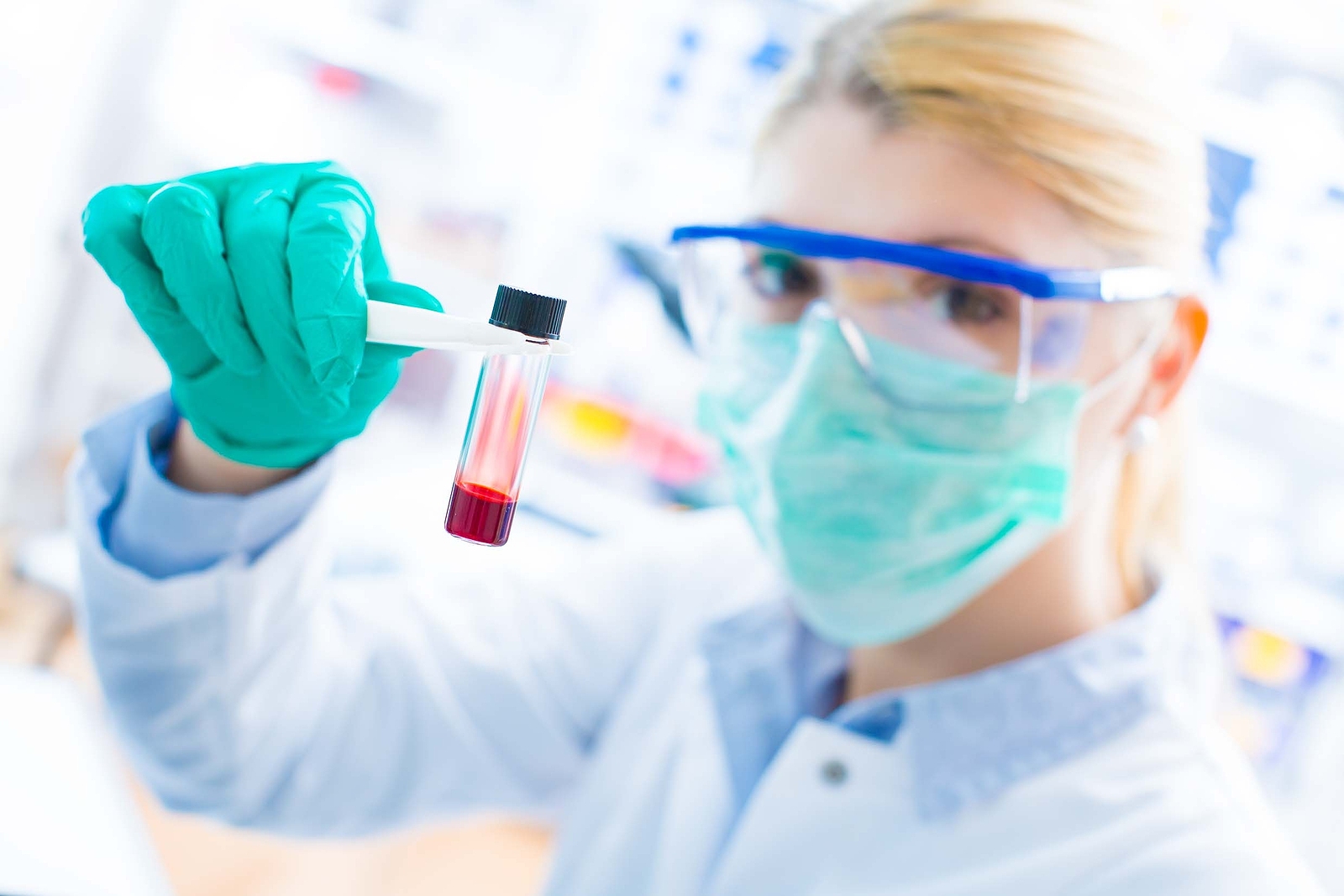
Class action over unproven stem cell treatment settled for US$3.65 million
San Diego-based StemGenex, a now-bankrupt stem cell clinic, has to pay out US$3.65 million to its former patients for ineffective stem cell treatments. The complaint, filed in a California federal Court, alleged that the clinic offered stem-cell therapies and claimed that they could cure many diseases and disabilities. The plaintiffs alleged that the company deceived them with its claims and that the treatments were ineffective. Judge Anthony Battaglia approved the deal with the insurance companies.
The $3.5 million is split between two insurance companies; the insurer for the clinic will pay US$1.15 million and the insurer for Andre Dr Andre Lallande, the clinic’s former chief medical officer, a doctor of osteopathic medicine, will pay US$2.5 million.
StemGenex’s website claimed that by performing liposuction of a person’s fat cells from abdominal tissue, minimally processing them and injecting them back into a person as stem cells, diseases like Alzheimer’s Parkinson’s disease, chronic lung disease, autoimmune conditions like multiple sclerosis (MS), lupus and rheumatoid arthritis could be treated. It has also made claims about 100% customer satisfaction and omitted information regarding dissatisfaction and complaints of ineffectiveness from some patients. Each plaintiff paid $14,900 for company’s treatment.
The plaintiffs did not receive significant benefits from the treatments offered.
On the website, StemGenex sometimes described its work as treatment and sometimes as studies.
Fat stem cells are regarded legally as a drug that requires premarket approval from the FDA. In 2018, the FDA issued a warning letter to the company. As a result, StemGenex filed for Chapter 7 bankruptcy in 2019.
In a class action, there must be several plaintiffs who have claims that arise out of identical or similar circumstances; the plaintiffs bring this suit on behalf of themselves and as representatives of the other class members who are similarly situated. A class action is brought as there is a well-defined community of interests in the litigation in which common issues predominate.
A significant advantage of a class action is that it saves time and expense. Justice delayed is justice denied. Moreover, it avoids the need for the judge to determine common issues of fact or law more than once, enabling civil disputes involving large numbers of people to be resolved in just one case.
Professor Leigh Turner, a bioethicist and public health researcher at the University of California, Irvine, who has studied the proliferation of these unscrupulous stem cell clinics in the US, said that the patients were not fully compensated for what they paid for their so-called stem cell treatments.
“I’m glad to see StemGenex’s former patients receive some money from this settlement. They’ll receive about $1,935 per person. That sum is better than nothing, of course, but it’s important to put it in perspective and understand that each class member will receive just a small amount — an estimated 13% — of what they paid StemGenex,” Turner said.
“Likewise, when StemGenex went through bankruptcy proceedings, there was little left for creditors at the end of this process.”
Moreover, Turner was concerned that the class action settlement includes no admission of wrongdoing or liability.
He said: “given how much money StemGenex charged patients for purported stem cell treatments that were unproven and unapproved by the FDA, it does not seem to me that all wrongs have been righted and justice has been served. The case does show it is possible to bring class action lawsuits against such businesses and generate results for former patients. It also reveals how difficult it is to — actual punishment aside — simply make patients whole and pay them back after they spend large sums of money for supposed stem cell products that had never been approved by the FDA and should never have been sold in the US marketplace.”
With more than 2,000 stem cell clinics in US currently, there could be similar legal suits in the near future. But Professor Paul Knoepfler, a stem cell biologist at University California, Davis, is sceptical.
He said, “Unfortunately, it’s not quite a simple happy ending and it’s not clear if it’ll be much of a deterrent to other similar clinics. Insurance covered a good part of the settlement, and each clinic customer didn’t get much back.”
- Utah’s new stem cell law undermines FDA’s authority - April 17, 2024
- Australia’s first human challenge trials centre opens - April 4, 2024
- FDA approves first gene-editing therapy - February 15, 2024
